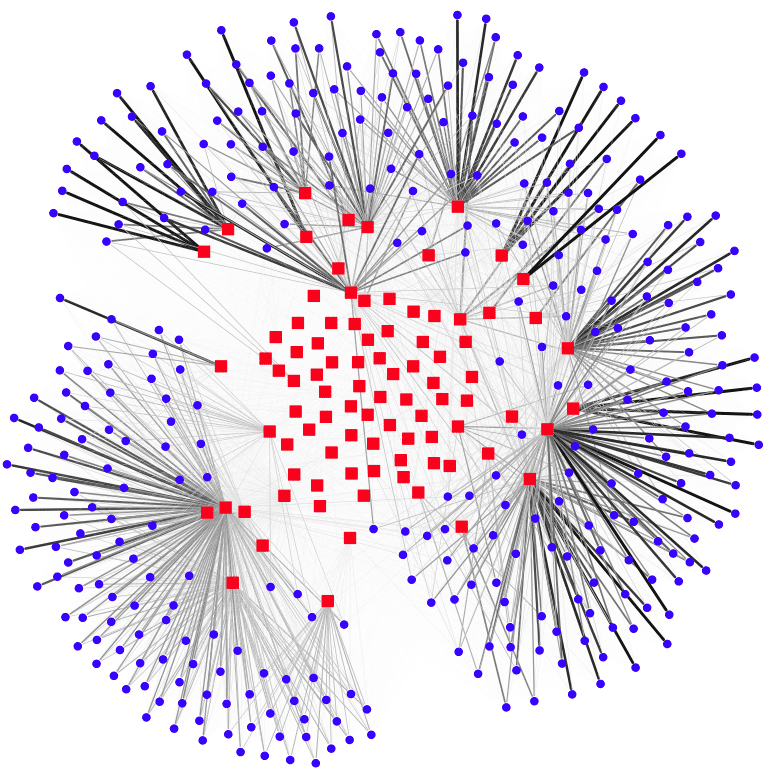Systems Architectures
How would you design a system when you do not know what its context will look like tomorrow? How should a system adapt to sudden, unexpected changes? Could a system design or evolve itself without human intervention?
The usual way to create technological systems is to determine their basic components and interactions (a process that is familiar to anyone who has played with Lego blocks). In engineering terms, this is called a systems architecture. In biology and other domains, such as sociology or finance, dealing with the system requires a different perspective.
Knowing the building blocks is far from sufficient. For example, in biology, one may try to reproduce the function of a cell organelle or the evolution of a transplanted organ in its new host. In economy, one could attempt to forecast the interdependencies and dynamics of financial organisations within a global economic network. In any case, until now, design of complex systems has almost exclusively relied on human intuition, and today this approach has reached its limitations. The complexity of large artificial systems is increasing beyond human ability to predict or control, as demonstrated by the financial crisis and recent catastrophic failures of seemingly foolproof technologies. Furthermore, in spite of the enormous amounts of data we can now gather experimentally, our understanding of biological systems remains woefully incomplete.
In short, the current mathematical methods employed in systems architectures are mainly used for formally capturing human insight. They are insufficient for anticipating emergent behaviours or complex failure modes — let alone for dealing with natural or economic systems or autonomy.
Redefining Systems

The design of complex systems has almost exclusively relied on human intuition, and today this approach has reached its limitations.
The complexity of large artificial systems is increasing beyond human ability to predict or control, in spite of the enormous amounts of data we can now gather experimentally. In short, the current mathematical methods employed in systems architectures are mainly used for formally capturing human insight. They are insufficient for anticipating emergent behaviours or complex failure modes — let alone for dealing with natural or economic systems or autonomy.

